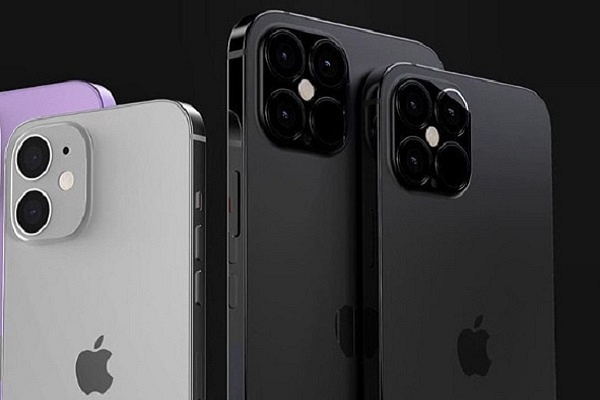Insta
Apple iPhone 13 Lineup Likely To Use Qualcomm Snapdragon X60 5G Modem: Report

Rumoured iPhone 12 concept images (representative image) (Apple Insider)
Apple is reportedly planning to launch iPhone 13 lineup and now a new report has claimed that the upcoming series will use Qualcomm's Snapdragon X60 5G modem.
According to DigiTimes, Qualcomm will continue to fabricate its next generation 5G mobile chip, tentatively dubbed Snapdragon 895, at Samsung Electronics built using an upgraded 5nm process, but may switch to TSMC in 2022 using its 4nm process.
Built on a 5nm process, the X60 packs higher power efficiency into a smaller footprint compared to the 7nm-based Snapdragon X55 modem used in iPhone 12 models.
This change will give the new iPhone lineup better battery life, and they could also receive data from both mmWave and sub-6GHz bands at the same time to deliver high data speeds and low-latency coverage.
In 2019, Apple and Qualcomm settled a legal battle and reached a multiyear chipset supply agreement, paving the way for Apple to use Qualcomm's 5G modems.
According to MacRumors, a court document from the settlement revealed that Apple would likely use the X60 modem for 2021 iPhones, followed by the recently announced Snapdragon X65 modem in 2022 iPhones.
The iPhone 13 lineup may mirror the iPhone 12 family of phones, with a 5.4-inch iPhone 13 Mini, 6.1-inch iPhone 13, 6.1-inch iPhone 13 Pro and 6.7-inch iPhone 13 Pro Max.
In addition, the Ultra-Wide cameras on the two high-end models will be significantly upgraded to f/1.8, 6P (six-element lens) with autofocus.
All the current iPhone 12 models are equipped with f/2.4, 5P (five-element lens) Ultra-Wide cameras with fixed focus.
According to Barclays analysts, the iPhone 13/Pro models may feature Wi-Fi 6E. The Wi-Fi 6E provides Wi-Fi 6 features and capabilities, including higher performance, lower latency, and faster data rates.
(With inputs from IANS)
Introducing ElectionsHQ + 50 Ground Reports Project
The 2024 elections might seem easy to guess, but there are some important questions that shouldn't be missed.
Do freebies still sway voters? Do people prioritise infrastructure when voting? How will Punjab vote?
The answers to these questions provide great insights into where we, as a country, are headed in the years to come.
Swarajya is starting a project with an aim to do 50 solid ground stories and a smart commentary service on WhatsApp, a one-of-a-kind. We'd love your support during this election season.
Click below to contribute.
Latest